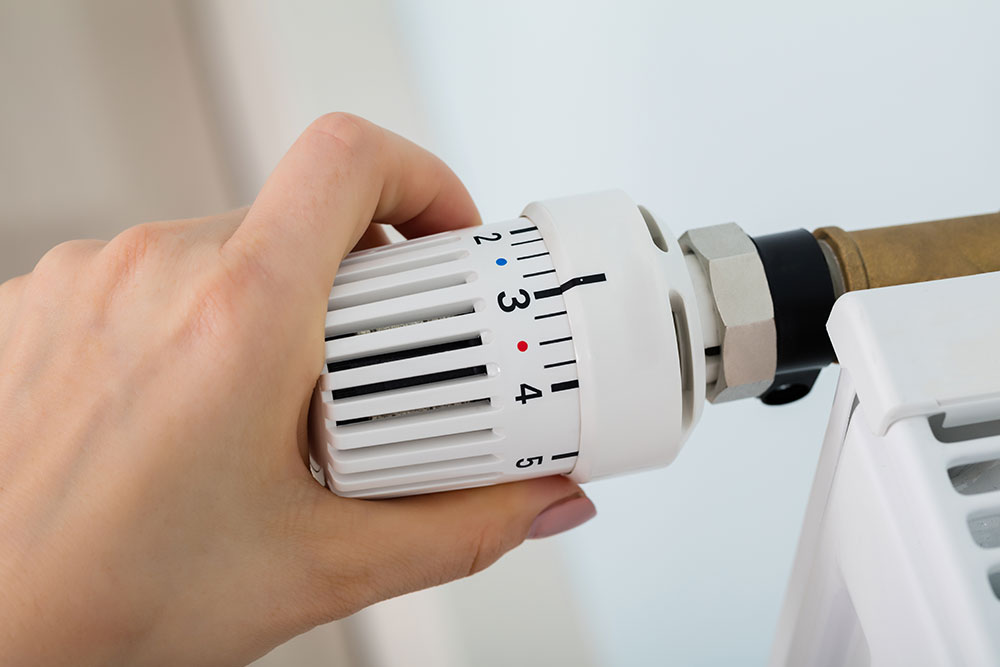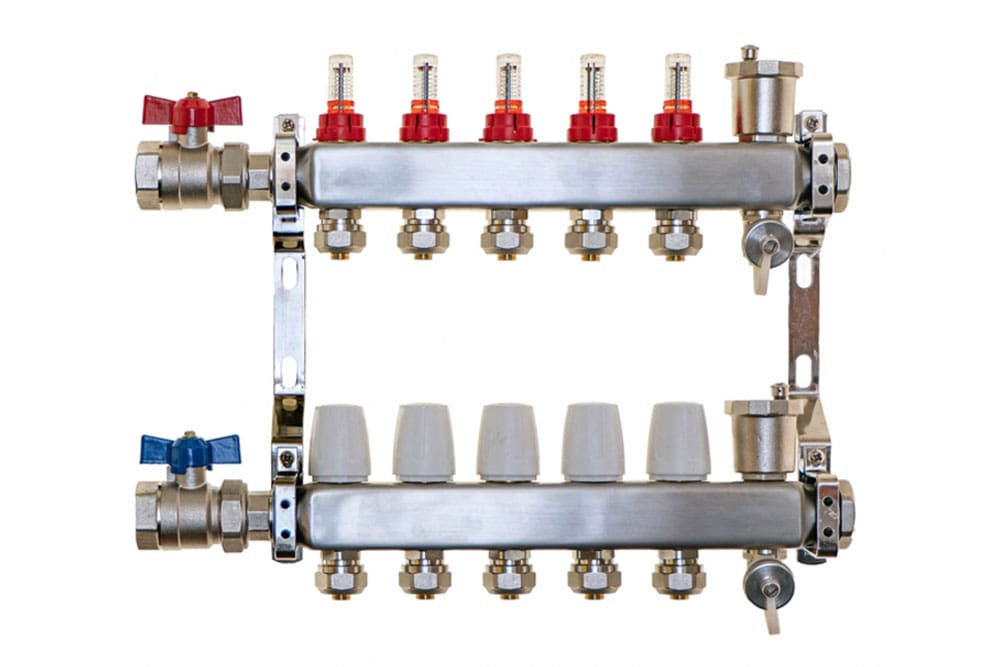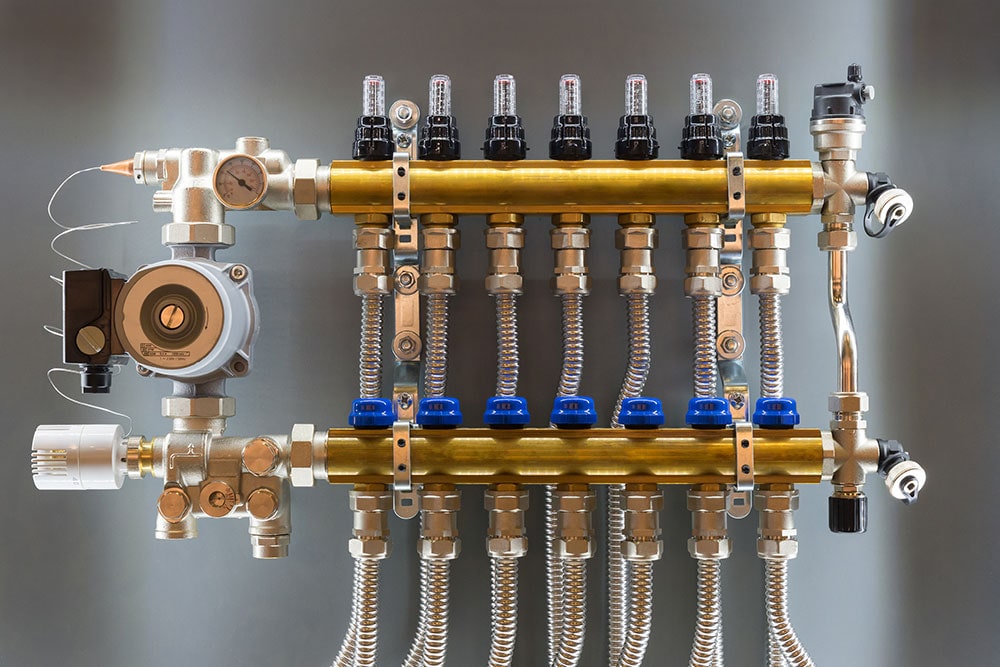CASE STUDIES
Central Heating Report
Case Study
Energy efficiency is important to us all and maximising the performance of boilers and heating appliances is essential to keeping energy bills in check.
- Identifying an old fashioned heating system
- Estimating an upgraded heating system cost
Optimising Comfort and Efficiency
One of the functions of every building is to provide an environment suitable for its proposed use. In that, heating plays an important part – we all know how it feels when our boiler breaks down in the middle of winter!
Energy efficiency is important to us all and maximising the performance of boilers and heating appliances is essential to keeping energy bills in check. This case study shows how the performance of a heating system in a large country house was tested and several recommendations made to the potential buyers to help keep it running at peak performance.
Efficiency Unleashed: Navigating the advantages of two-pipe radiator systems for superior heating performance
This property was originally built in the 1930’s as a modest-sized detached house which formed part of a country estate. Since that time, it has been extended significantly, so it was important to ensure that the heating system is up to the job of heating the enlarged building. The position of the building is in a rural and quite exposed plot, so it will be subject to the extremes that UK weather conditions can throw at it.
A survey report highlighted the need to test the system and buyers were keen, for all of the above reasons, to have the heating system checked by a specialist.
It’s essential that all specialists carrying out this kind of inspection are properly registered. Gas Safe have a register of approved specialists. It is the official list of gas engineers who are qualified to work legally on gas appliances. So, when instructing an inspection of this type, you should first check that the specialist is Gas Safe registered.
The first thing that the report mentions is the location of the boiler. In this case, access to the boiler was awkward meaning that future maintenance could prove difficult. A simple adjustment of the cupboard door, though, should prove adequate. It’s important that boxing that houses boilers has some permanent ventilation. This helps support the boiler’s combustion. It’s important, therefore, NOT to block up any gaps in the cupboard casing.
It’s important that heating engineers have a good knowledge of products. As this is a Worcester boiler, for example, the specialist advised buyers that if the boiler was installed by an accredited fitter, there should be a 10 year guarantee available. Also, annual servicing is needed , so the buyers were advised to ask for records.
The boiler provides hot water to radiators and to pipework set within the ground floor screeds (underfloor heating). To help regulate the temperature and flow of water to each zone under floors, manifolds are used. You can see the pipework that links the boiler to the underfloor pipes in the photo here. Flow and temperature gauges mean that these can be adjusted for each zone.
The report highlighted the fact that the system of the original building was operating on a ‘one-pipe’ basis. This is an old fashioned system where water is pumped through a single pipe into each radiator in turn and then onto the next until it reaches the last radiator when it returns to the boiler. It results in significant heat loss by the time water reaches the end of the run. ‘Two-pipe’ systems involve secondary pipes to each radiator off the main supply pipe. It means that pressure can be balanced to the radiators and that water in the main pipe could run to them all in better time without losing so much heat.
Add to this the benefit of thermostats and thermostatic radiator valves and a much more sensitive control can be obtained in individual rooms. The buyers were advised that they would need to fit these for the original building, though the radiators of the extension already had them fitted.
The cost of replacing the older one-pipe heating system would be in the order of £8000. The buyers were pleased to know the extent of outlay that they would need to spend on this aspect of their refurbishment of the building.
The purchase proceeded.
The Conclusion
Add to this the benefit of thermostats and thermostatic radiator valves and a much more sensitive control can be obtained in individual rooms. The buyers were advised that they would need to fit these for the original building, though the radiators of the extension already had them fitted.
The cost of replacing the older one-pipe heating system would be in the order of £8000. The buyers were pleased to know the extent of outlay that they would need to spend on this aspect of their refurbishment of the building.
The purchase proceeded.
”Specialist Xpress provided a very comprehensive and clear report that provided details of the findings as well as a clear set of recommendations for us to budget for.
Jane





